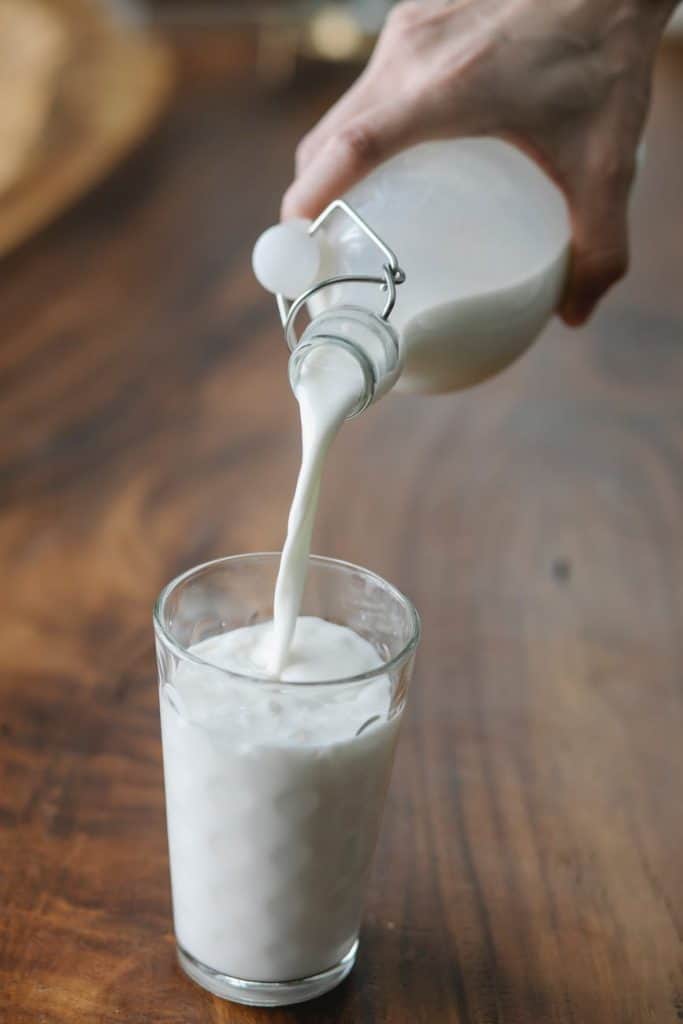As an Amazon Associate we earn from qualifying purchases.
The strong taste and the pungent smell of fish can be off-putting. I’m sure you know what I’m talking about if you’re reading this.
Luckily, there are many ways to mellow down the flavor and aroma of fish.
In this short guide, I’ve outlined how to make fish taste good, whether you’re cooking it for yourself or someone who finds fish unpalatable.
Quick Navigation
How to Make Fish Taste Good
Making fish taste great is a lot easier than you make it out to be.
Buy Fresh Fish
There’s a simple scientific explanation to why fish smells the way it does:

The odorless compound Trimethylamine oxide (TMAO) in fish turns into Trimethylamine (TMA) after it’s removed from the water. TMA is what gives fish its smell.
The longer the fish is outside the water, the higher the amount of TMA produced and the more potent its characteristic scent and flavor.
A quick sniff test is all you need to tell if the fish is fresh enough to buy. If it smells overly pungent, steer clear of it.
Buy White Fish
The whiter a fish’s flesh, the milder it tastes. If you’re cooking for someone that doesn’t like how fish tastes, don’t buy fish with pink or peachy flesh. Also, avoid getting oily fish.
It’s worth noting that fish with white flesh absorbs flavors a lot better than one with pink flesh.
Some of the fish you can consider buying are:
- Halibut
- Cod
- Flounder
- Catfish
- Rainbow trout
- Haddock
- Arctic char
- Grouper
If you’ve never cooked fish before, Tilapia is by far your best option. It has an almost neutral flavor and doesn’t have any bones – which is why some call it the “chicken breast of the sea.”
Tilapia is rich in Omega-3 fats and iodine, offering the same benefits as other fish but without the smell.
Prep It Right
Once you’ve bought some fresh, white fish, prepping it right will remove any of the lingering unpleasant flavors.
Drench in Milk
Place the fish in a bowl and drench it in milk. Using buttermilk works best; however, you can use any kind of milk.
Set a timer for 15 minutes, and after it goes off, drain the bowl and rinse the fish with water.

Give It A Salt Bath
Fill another bowl with cold water. For every cup of water, you put in the bowl, mix in two tablespoons of salt, sugar, and lemon juice.
Transfer the fish to this bowl, and put the bowl in the fridge. Let it soak for no longer than an hour. Then drain the bowl and rinse the fish again.
Dry Rub Salt and Sugar
Some fish can be really oily, and this final step ensures that all the oil is gotten rid of.
All you have to do is rub equal parts of salt and sugar into the fish. Then leave the fish in the fridge for about 30 minutes.
Oil may seep out of the fish and into the container or bowl. If you notice a lot of oil seeping out, you must repeat the dry rub a second and even a third time after a quick rinse and pat dry.
When no oil seeps out, the fish is ready to cook.
—
Warning!
Don’t dry rub a fish more than thrice – it will impact the consistency of the fish.
—
Use Lemon
Making a lemon marinade is an excellent technique that masks the flavor of the fish.
You can also cook the fish in lemon juice and butter. If you’re frying the fish, you can top it off with lemon juice.
Make sure you use fresh lemon juice. It makes a big difference to the flavor of the fish.
Remember to Use a Thermometer
Fish is really easy to overcook and make dry – sometimes all it takes is a minute at the wrong temperature.
Cooking fish isn’t as easy as cooking chicken, and if you haven’t cooked a lot of fish, using a thermometer for cooking it right is the best way to go.

Use the Right Herbs
When cooking fish, herbs are your best friend. Here’s a list of the best herbs you can use to cook fish, along with the flavor they add:
- Bay leaves: These have a unique scent that elevates delicate fish like cod and Tilapia to another level. Bay leaves are also excellent additions to chowders and fish soups.
- Dill: It’s considered a basic herb by many, but pairing it with any seafood will give it a delicate punch of flavor.
- Chives: Chives are arguably some of the most versatile herbs. You can add them to compound butter, use them to enrich your marinades and sauces, or sprinkle them over your fish to garnish. A chive garnish will not only make fish more appetizing but also give it a sharp hit of flavor.
- Mint: If you’re afraid that your fish still has a hint of its strong flavor, using mint can save your dish. It will cut through any of the lingering unpleasant flavors and give the fish a satisfying tang. However, be careful not to overuse it.
- Sage: Its beautiful aroma and earthy flavor make it an excellent herb to use when cooking fish. However, you must use it sparingly since it can easily overpower a dish. Also, use Sage only if you’re sure you’ll finish the dish after it’s cooked since storing it in the fridge will intensify its flavors.
Frequently Asked Questions
How to Determine if a Fish is Fresh?
According to the FDA, a fresh fish has clear, bulging eyes and firm, shiny skin that bounces back after being pressed down. Fresh fish always smells mild – never sour or ammonia-like.
What is the Best Way to Cook Fish?
Quickly. If you don’t have a thermometer, you can cut into the fish when cooking to see how it looks. If its opaque color has disappeared, then the fish is cooked.
Why Should I Eat Fish?
Besides offering protection from cardiovascular disease and keeping your bones strong, eating fish can help prevent the development of atopic conditions and cancer. The British Nutrition Foundation details the numerous benefits of eating fish.
The Takeaway
Making fish taste good is easy: always buy white fish, use lemon if you can, and find out which herbs complement your dish.
After finishing up in the kitchen, enjoy your fish with cold margaritas or cucumber coolers.
